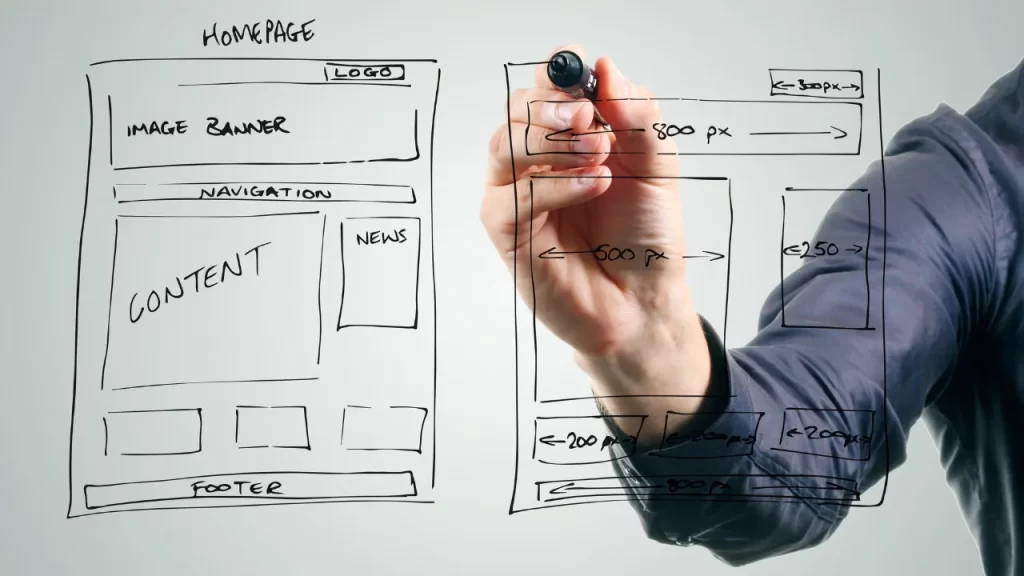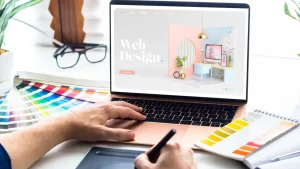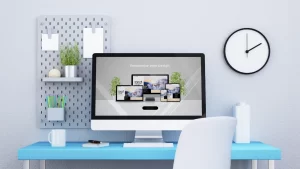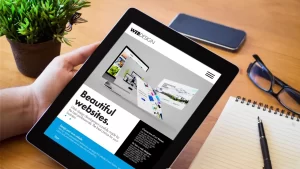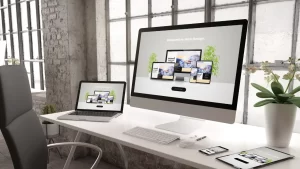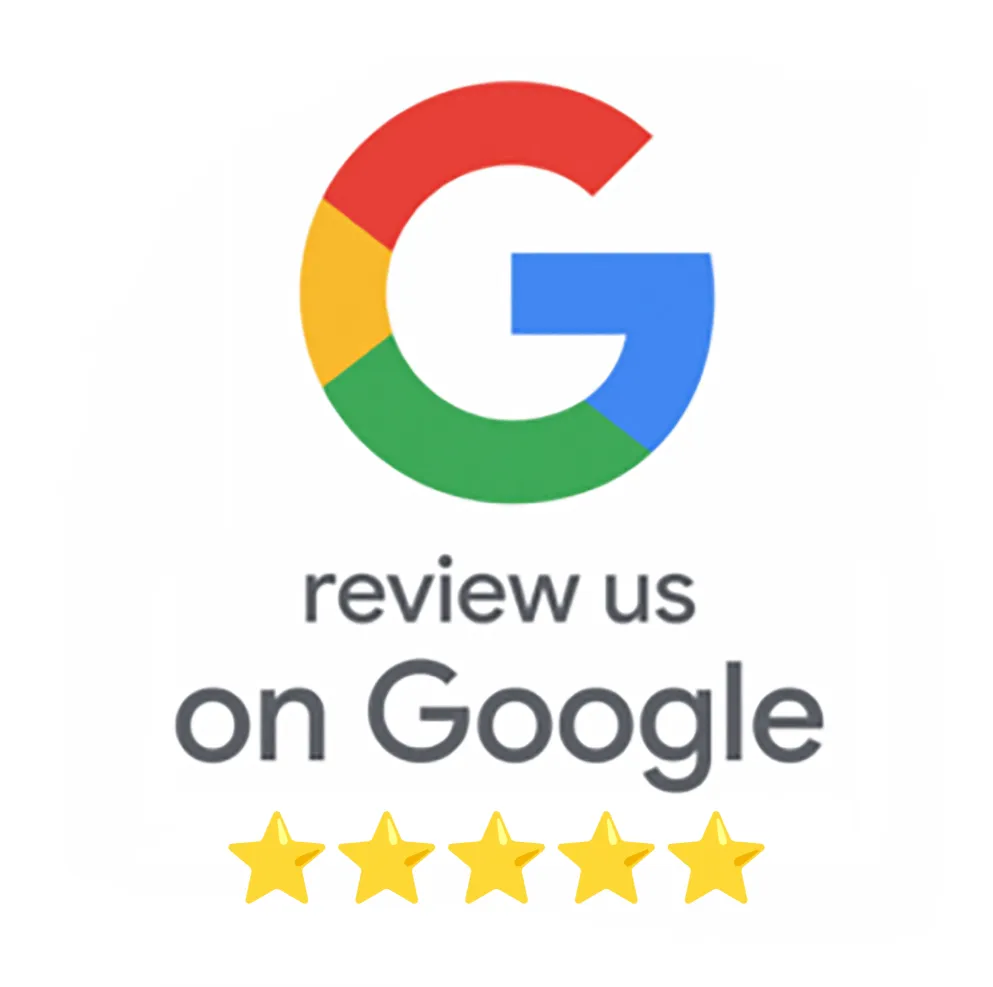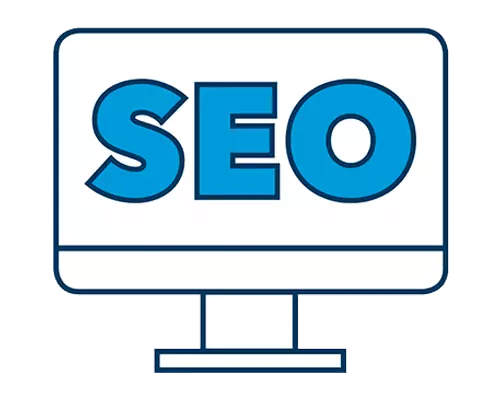Website design is the process of planning, conceptualizing, and arranging content online.
It involves creating the layout, structure, colors, fonts, and interactive elements to shape how a website looks and functions.
The goal of website design is to provide an engaging, user-friendly experience that aligns with the site’s purpose, whether that’s to inform, sell, or entertain.
Key Elements of Website Design
1. Layout and Structure
The layout refers to how information is arranged on each page, including text, images, and interactive elements. A well-structured layout helps users navigate the site easily.
2. Colors and Typography
Colors and fonts convey the brand’s message and set the overall tone of the website. Effective color schemes and legible typography enhance the user experience and ensure readability.
3. Visual Content and Media
Images, videos, and graphics capture attention and convey information more effectively than text alone. Incorporating high-quality visuals increases user engagement and helps break up large chunks of text.
4. Navigation and User Experience
A clear navigation system ensures users can easily find the information they’re looking for. Well-designed navigation enhances user experience (UX) by making the site intuitive and accessible.
5. Responsiveness
Responsive design adapts a website to different screen sizes, from desktops to mobile phones. With the increasing use of smartphones, responsive design is crucial to delivering a consistent user experience.
Why Is Website Design Important?
- First Impressions: A website is often the first point of contact between a business and potential customers. A professional design makes a positive first impression and builds trust.
- User Engagement: A well-designed website encourages users to stay longer, explore more pages, and ultimately convert into customers.
- Search Engine Optimization (SEO): Websites with optimized design and clear structure perform better on search engines, which can lead to higher traffic and visibility.
By focusing on clear navigation, attractive visuals, and a responsive layout, businesses can create websites that not only look great but also function well, leading to better engagement and conversions.

